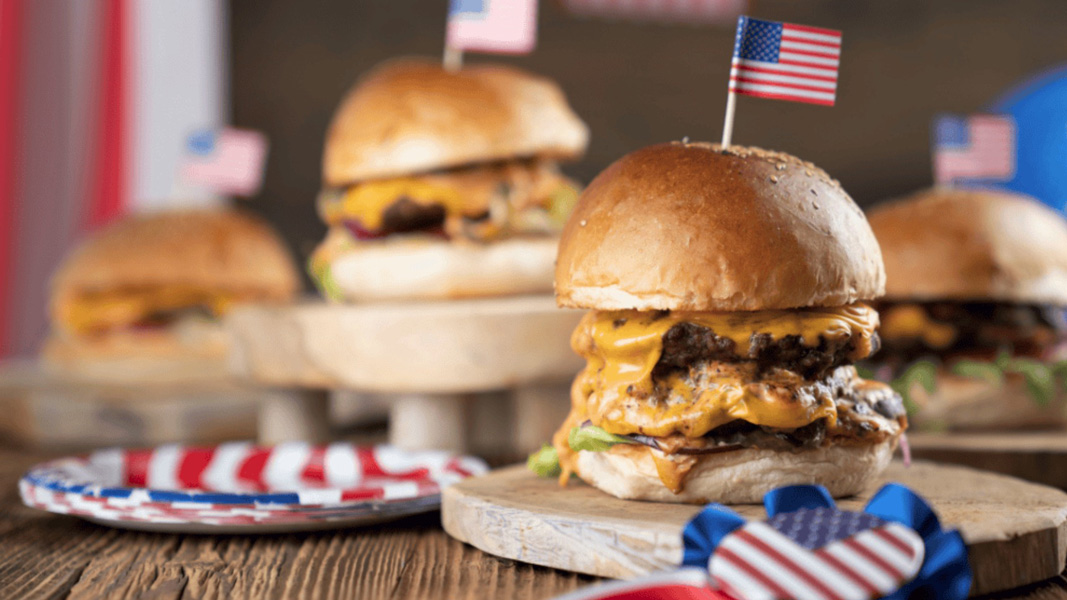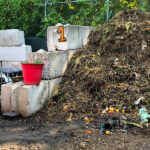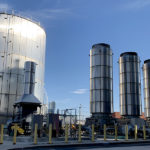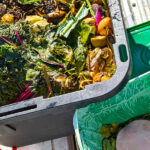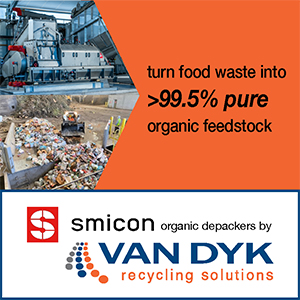Top: The average cost of a July Fourth cookout has climbed over 4% since 2024, outpacing inflation, according to ReFED. Photo courtesy ReFED
“Every Fourth of July, America fires up the grill. Then, it throws away about 20% of the food meant for the occasion.” So starts a ReFED blog, stating that on this July Fourth, nearly 68% of Americans are expected to gather around backyard barbecues. And after the picnics and fireworks are over, “an estimated 126 million pounds of food will go uneaten,” according to new calculations from ReFED based on the American Farm Bureau Federation’s 2024 July Fourth market basket survey. “The water used to produce that uneaten food can supply roughly 14 days of residential water use across the entire state of California. The value of that discarded food is $398 million — enough to cover a month of groceries for 300,000 families.” The blog notes that due to higher grocery prices, the average cost of a July Fourth cookout has climbed over 4% since 2024, outpacing inflation. For example, retail prices for ground beef have risen nearly 6% over the past year, says ReFED, due in part to a shrinking domestic cattle herd and new tariffs on Brazilian beef imports that have tightened supply during peak demand.
The environmental impact of this wasted food is significant: “Beef alone is expected to account for more than half of all methane emissions from what will get wasted on July 4th — equivalent to the emissions generated by powering 50,000 American homes for a year.” ReFED’s tips to avoid wasting are to plan realistically, serve appropriate portions, save leftovers or give them to guests, and compost the scraps.


